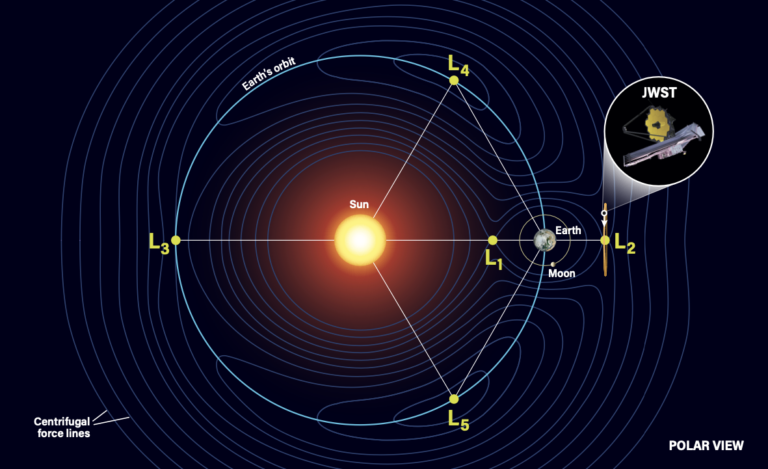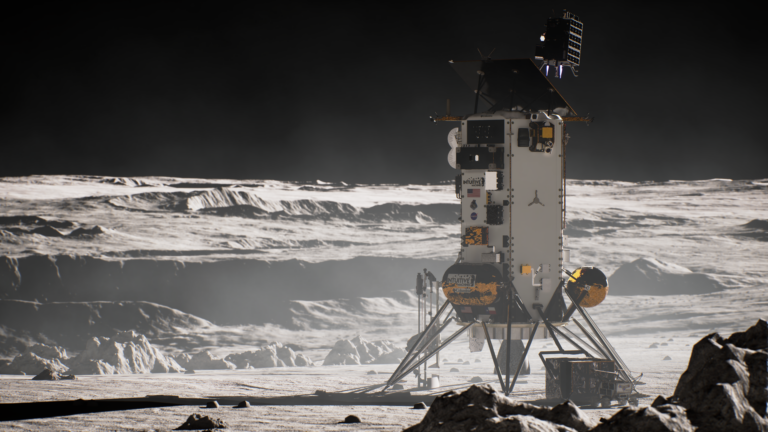If a planet orbits extremely close to a star (as many extrasolar planets do), the star’s gravity stretches the planet into a shape called a prolate spheroid with a tidal bulge that somewhat resembles a football. (The Sun’s tidal distortions make tides in Earth’s oceans.) The mass in that tidal bulge feels the gravitational pull of the host star, which tries to keep the bulge pointed toward the star. For extrasolar planets very close to their host stars — about one-tenth Mercury’s distance from the Sun — this gravitational pull eventually tidally locks the rotation, and the length of the planet’s day ends up equal to the length of its year.
The Sun and Moon’s tidal gravity also try to slow Earth’s rotation, but their effects are much smaller than for an extrasolar planet near its host star. Even so, the Moon’s tidal gravity has slowed our planet’s rotation some, and the length of a day on Earth has probably increased by about two hours over the past 620 million years. — Brian Jackson, Carnegie Department of Terrestrial Magnetism, Washington, D.C.










